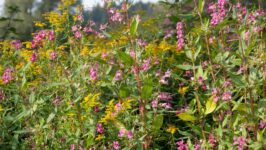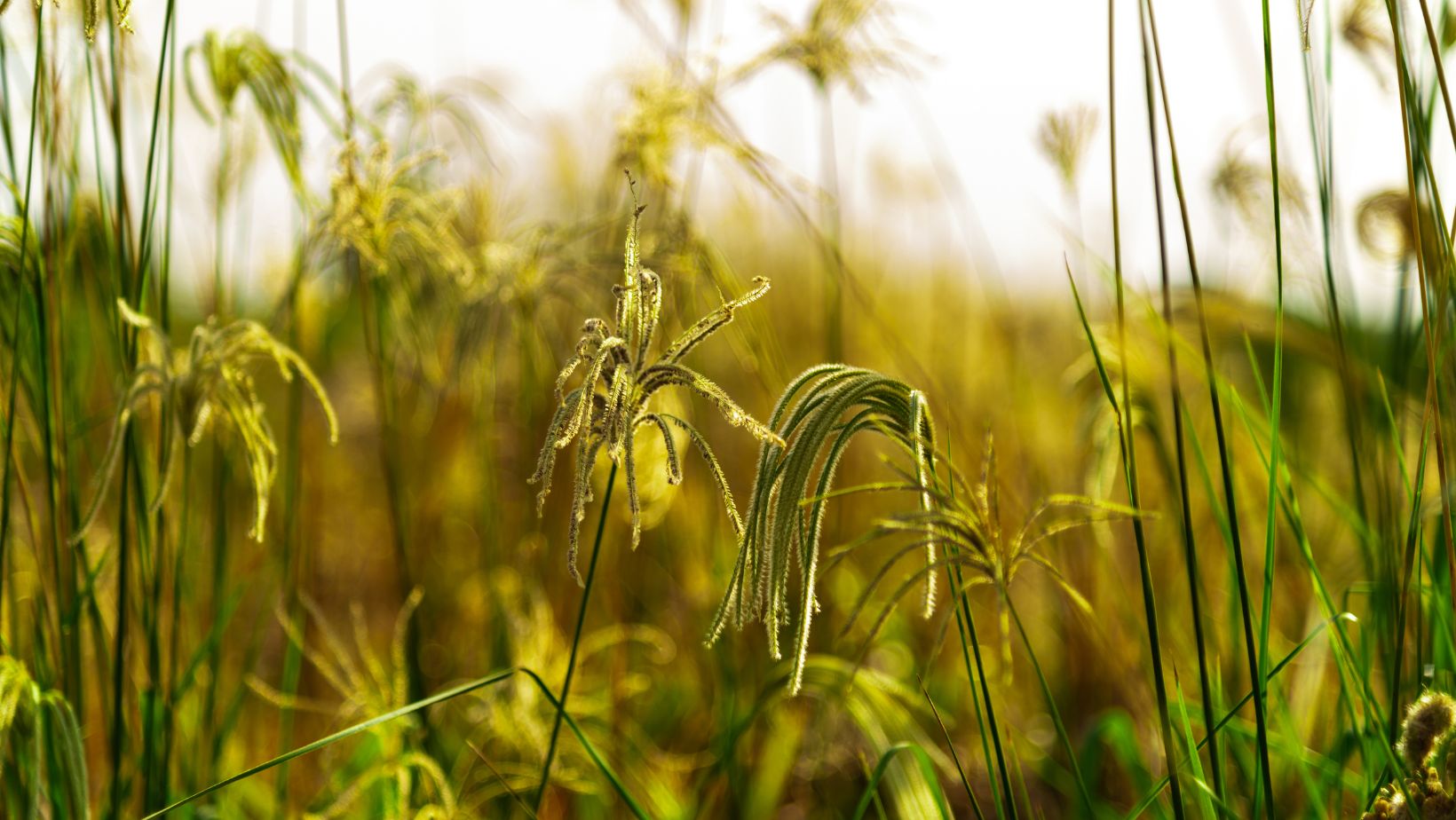
Dealing with Invasive Growth Before It Spreads Further

Unwanted plant growth can be more than an eyesore—it can have serious consequences for property, development, and the surrounding environment. One particular species has earned a reputation for being especially persistent, spreading quickly both above and below ground. Its ability to cause disruption means that early intervention is essential. From damage to driveways and garden walls to complications with planning and property sales, the consequences can be long-term. Ignoring the problem only makes it harder to manage later. Thankfully, there are effective ways to control its spread and reclaim affected areas. Keep reading to understand how the right approach helps protect land and reduce future costs.
Spotting the Problem Before It Grows
The plant usually appears in spring, with red shoots turning into tall green stems that resemble bamboo. Its leaves are shield-shaped and form dense clusters that block light from reaching other plants. Left alone, it spreads rapidly and dominates gardens, roadsides, riverbanks, and even brownfield sites.
The issue lies not only in what is seen, but in what lies beneath. The underground roots extend far beyond the visible patch, making it difficult to remove without disturbing nearby soil. Even small fragments can regrow, so identification must be followed by careful planning rather than rushed action.
Why It’s More Than Just a Garden Issue
Beyond private properties, the plant poses risks to infrastructure and ecosystems. It can interfere with drainage systems, push through small gaps in paving, and reduce access to land. Over time, its presence may lead to higher insurance premiums or a refusal of cover entirely.

Landowners are expected to prevent it from spreading into neighbouring land or public areas. This makes it not only a physical challenge, but a legal responsibility as well. Failing to act could result in civil claims or local authority intervention, making early attention all the more important.
Risks to Purchasers, Sellers, and Developers
When present on a property, the plant can have a direct impact on the sale process. Surveyors and lenders often require proof of treatment or evidence of ongoing monitoring before approving finance. Sellers may need to declare their presence, and buyers may negotiate lower prices if control measures aren’t already in place.
Developers must factor in both the cost of removal and the potential delay to projects. If not dealt with properly, the plant can return mid-construction or contaminate neighbouring plots. Responsible land management includes accounting for this in the early planning stages.
Choosing Safe and Legal Treatment Methods
There are several approaches depending on the scale and location of the problem. Chemical treatments may be applied over multiple seasons, particularly in cases where the plant is near water or other sensitive areas. Dig-out and disposal may be more appropriate on construction sites or during landscaping work.

Any disposal must comply with waste management laws, and certain materials may need to be transported to licensed facilities. Attempting to remove the plant without expert input can result in further spread, especially if contaminated soil is moved improperly.
Protecting the Site Long After Treatment
Effective removal does not end with a single session. Ongoing monitoring is needed to catch signs of regrowth. Routine inspections, follow-up treatments, and installing physical barriers can help prevent the issue from returning. Keeping a log of all activity also provides valuable evidence of control for future sales or planning applications.
Long-term success comes from consistent oversight rather than short bursts of action. Patience and precision are key, especially when dealing with difficult terrain or high-risk sites.
For information on treatment options and professional advice, explore solutions for Japanese Knotweed Removal to protect your property and keep invasive growth under control.




